When the premier of Queensland held her regular Covid-19 update on Friday she couldn’t help letting a smile creep across her face.
“Now, here’s a good one,” Annastacia Palaszczuk told reporters. “I think all Queenslanders are going to be happy about it.”
She went on to announce that Brisbane’s Suncorp stadium would host a capacity 52,500 crowd for the forthcoming State of Origin rugby league decider against New South Wales next week.
“The cauldron can be filled to 100% capacity,” she said.
The graphs that show Australia’s achievement in stopping second-wave Covid outbreak
Read more
In the midst of the pandemic, the idea of responsible leaders encouraging citizens to gather in large crowds to sit or stand shoulder to shoulder with strangers might seem to be a case of extreme recklessness.
But in Australia, where the Covid-19 pandemic has largely been controlled after months of lockdowns, border closures and strict limits on gatherings, moments like these are becoming more and more common.
Last month, footage from a packed nightclub in Western Australia went viral, offering a surreal image of pre-Covid normality even as countries in the northern hemisphere began to return to lockdowns amid surging case numbers. In Sydney, about 40,000 fans were present for the rugby league grand final last month.
The country has reason to be bullish about its successes. On Friday, Australia recorded no new cases of the virus for the fifth day in a row. In Victoria, where a second-wave spike of the virus forced Melbourne into a months-long lockdown and left hundreds dead, Friday marked the 14th day in a row with no new cases.
The closely watched downward trend of the virus has even sparked a new phrase, the “donut day”, meaning a day with no new Covid-19 infections, which has become synonymous with the country’s success in tackling the pandemic.
In Victoria, the term has been adopted with particular enthusiasm. On 26 October the state’s premier, Daniel Andrews, posted a photo of himself online posing with a glazed donut.
Wearing a black face mask and the North Face jacket that has taken on a near-religious significance to the wearied residents of his state as he gave daily press conferences for 120 consecutive days, he captioned the photo: “Today’s a good day.”
It marked the first time since June that the state had gone without recording a new case, and shoppers responded by clearing supermarkets of the snack. It also coincided with the first winding back of a severe lockdown of Melbourne, which included a curfew, strict limits on travel and movement and heavy policing.
Andrews’ announcement that the city would begin to reopen after 112 days was greeted with an outpouring of emotion. At his daily press briefing, an event which had become a sort of morbid soap opera for Victorians, Andrews was asked by a journalist whether he was “saying we can finally get on the beers”.
He responded: “I might go a little higher up the shelf.”
Since then, the donut days have kept coming. Friday’s 14-day marker brought Victoria’s statewide average to zero. In NSW, which has mostly avoided large outbreaks of the virus since a national lockdown in March, it has been a month since more than 10 cases were recorded.
Across the rest of the country the virus has almost entirely receded from view. Strict border closures between states have cut families off from one another and caused an ongoing political stand-off, but they have also meant that in states such as Tasmania and Western Australia, life has almost returned to a pre-Covid state.
The country’s success in managing the pandemic stands in stark contrast to its western allies. When Victoria recorded 723 new cases on 29 July, the figure was roughly in line with the UK’s 763 and France’s 1,392. Since then, Australia has gone in the opposite direction.
In the UK a record 33,470 were infected with the virus on Thursday and 563 died as the country endures another gruelling lockdown. The total death tally from Covid-19 now stands at more than 50,000, though estimates which count all deaths where the virus was mentioned on a death certificate put the toll at almost 67,000. France extended its lockdown for another two weeks after exceeding more than 50,000 daily cases in October.
In the US under Donald Trump, more than 240,000 people have died from the virus and deaths from the virus have risen by 23% in a fortnight. On Thursday, the country posted another new record of 160,000 daily cases. Perhaps most gallingly, the country appears to have no national plan to bring the virus under control as Trump continues to downplay its seriousness while attempting to undermine the country’s election.
According to Prof Jodie McVernon, an epidemiologist at the highly regarded Peter Doherty Institute in Melbourne, Australia’s success compared to those countries comes down to both the speed of the response and a willingness to listen to expert advice. Public health advice panels in Australia were meeting daily to monitor the spread of the virus from January, and the country’s leaders listened to early advice to begin shutting borders and introduce quarantine protocols for returning travellers.
“Australia basically made the decision to try to keep this virus out for as long as possible,” she said.
“Given our proximity to China and the travel volume between the two countries we really were probably in line to be an early adopter. So we decided we were going to actively try to suppress the virus to keep it within the capacity of our health system.”
Perhaps most crucially, McVernon said, politicians listened to health experts.
“The same advice was coming from experts in the US and UK but they took less definitive early action. They didn’t have that over-arching coordination like we had here, where all of the relevant state and federal governments were singing from the same hymn sheet.”
With cases spiralling in both the US and UK, McVernon said the only real hope was to suppress the virus. But, she said, there were cultural factors that played in Australia’s favour too.
“Particularly in the US it’s totally out of control now. And so they might be able to do some things to suppress it, but it’s also about turning around a population that will actively revolt at the idea of wearing a mask or doing any of these things that might limit its spread,” she said.
“Australians are pretty compliant overall, and we still have that level of social cohesion where these things can work.”
Well done, Australia: Covid cases are down to a tiny trickle. What’s next? | Gideon Meyerowitz-Katz
Read more
But Australia’s relative success in managing the virus has come with significant costs. Victoria’s extended lockdown devastated the state’s economy, and raised concerns about over-policing of disadvantaged and minority populations.
The prolonged and heavy-handed restriction on civil liberties also prompted a wave of protests from anti-lockdown activists fuelled by a growing movement of conspiracy theorists, backed in some cases by far-right actors.
Melbourne’s lord mayor, Sally Capp, told Guardian Australia the city had been through “an incredibly tough year”. While signs of normality were returning with the gradual rollback of restrictions, she said it would be “a big challenge to revitalise Melbourne after the devastation caused” by the virus.
“Prior to Covid-19 restrictions, more than one million people came into the city each day,” she said.
“Our daily pedestrian counts have increased recently but we are still about 69% below the same time last year, which means there are far fewer potential customers for city businesses.
“We’re working every day to get our city economy back to the top of the ladder and our cultural life buzzing again.”
The virus has not completely receded from view. Strict limits on gathering sizes still remain in Victoria and NSW, and despite an agreement between most states on Friday to ease border closures by Christmas, the issue continues to cause significant tension between state leaders.
McVernon says the greatest threat to Australia’s success against the virus may come down to complacency. She points to a measure health officials call the ‘reproduction potential’, which looks at factors such as mobility to see how likely it is the virus could spread.
“We have to accept that the longer we go without cases the more that potential goes up,” she said.
“But that’s the whole point of getting to this point of no community transmission. The point is really how you keep up the personal behaviours like washing hands and wearing masks. You want people moving again, but you now have a society that looks different.”

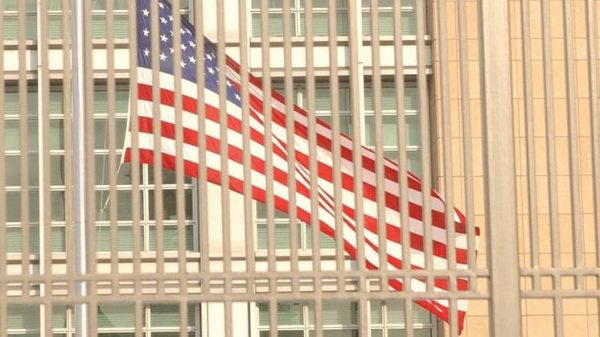
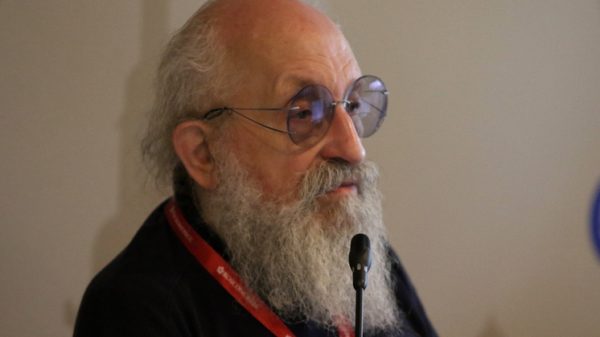
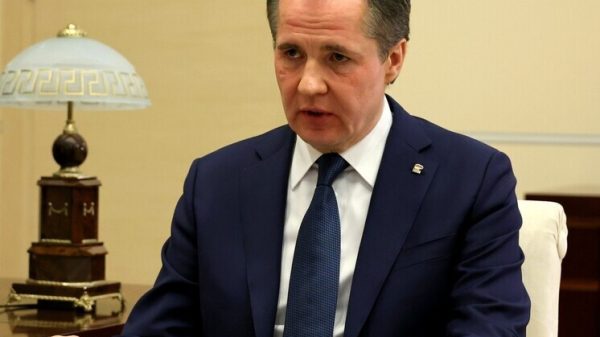
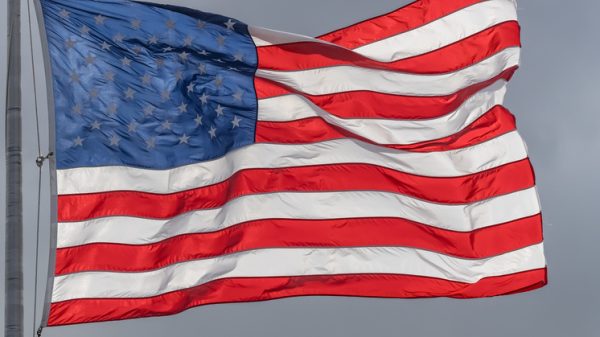


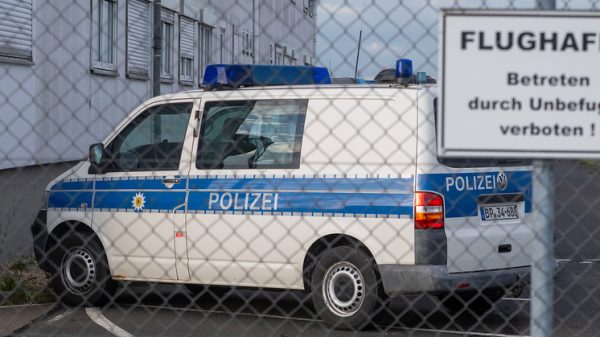
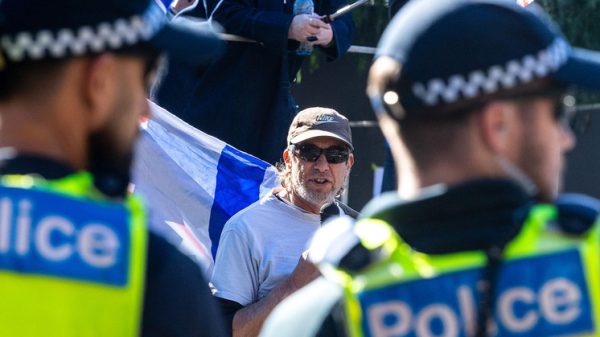

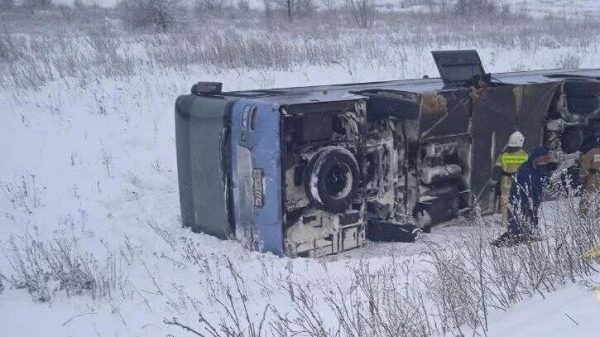
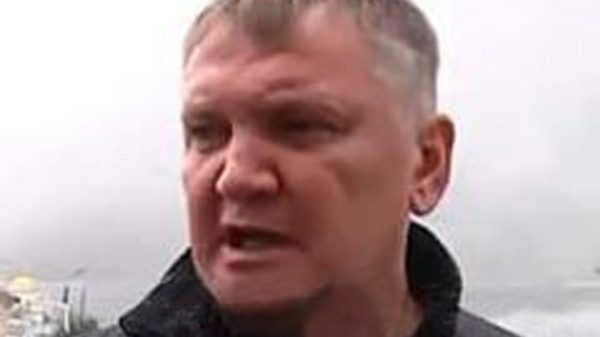
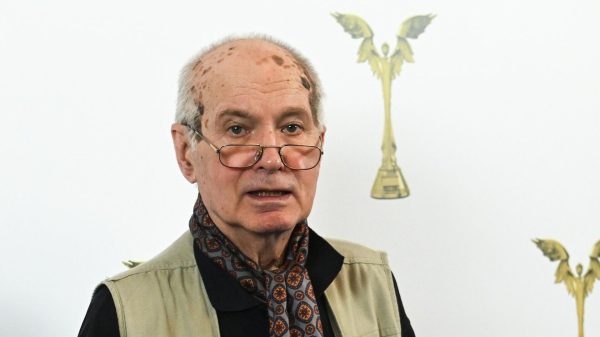

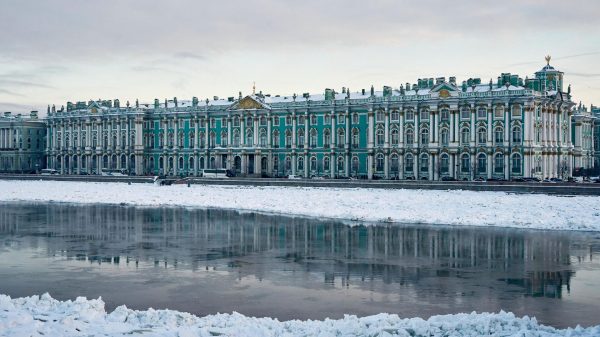


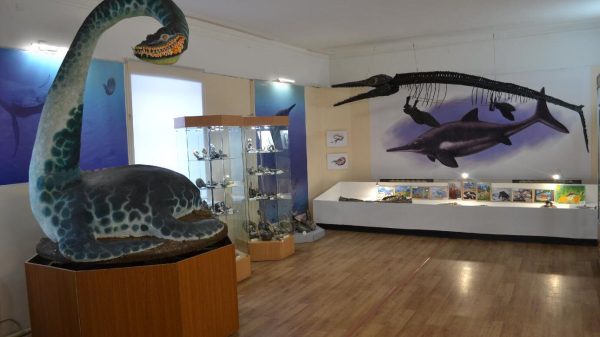


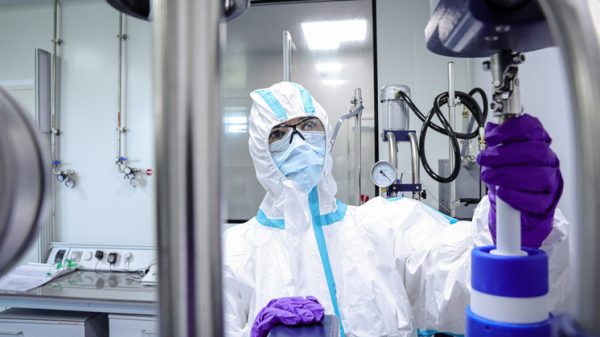















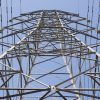




















Свежие комментарии